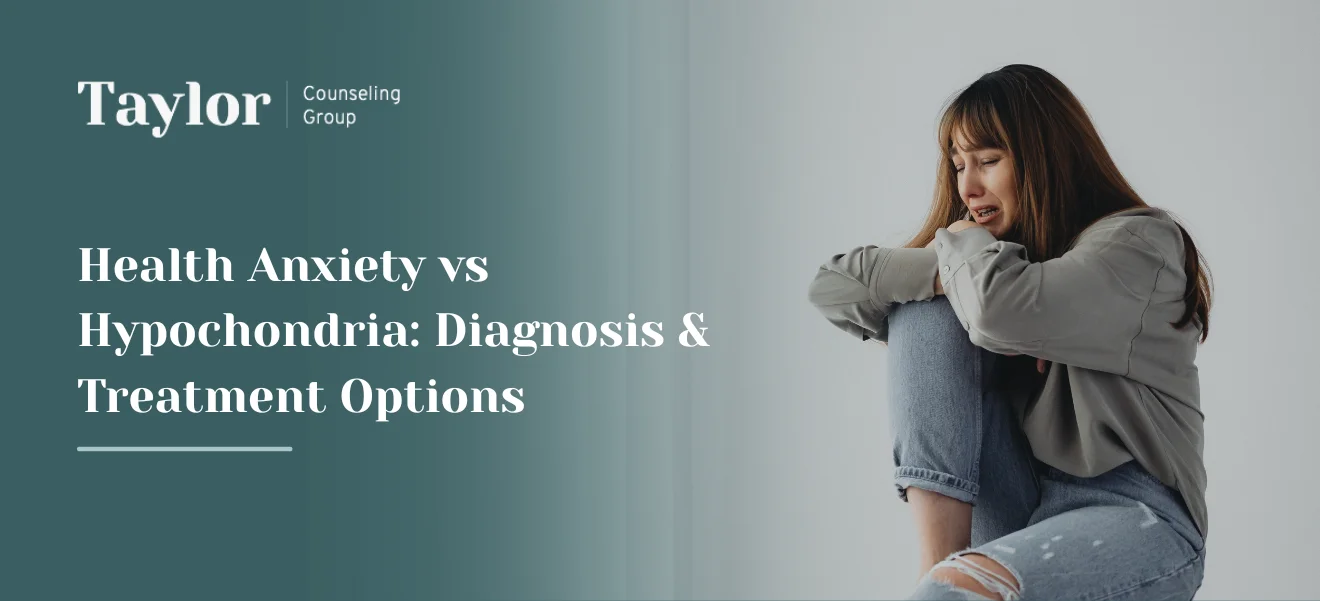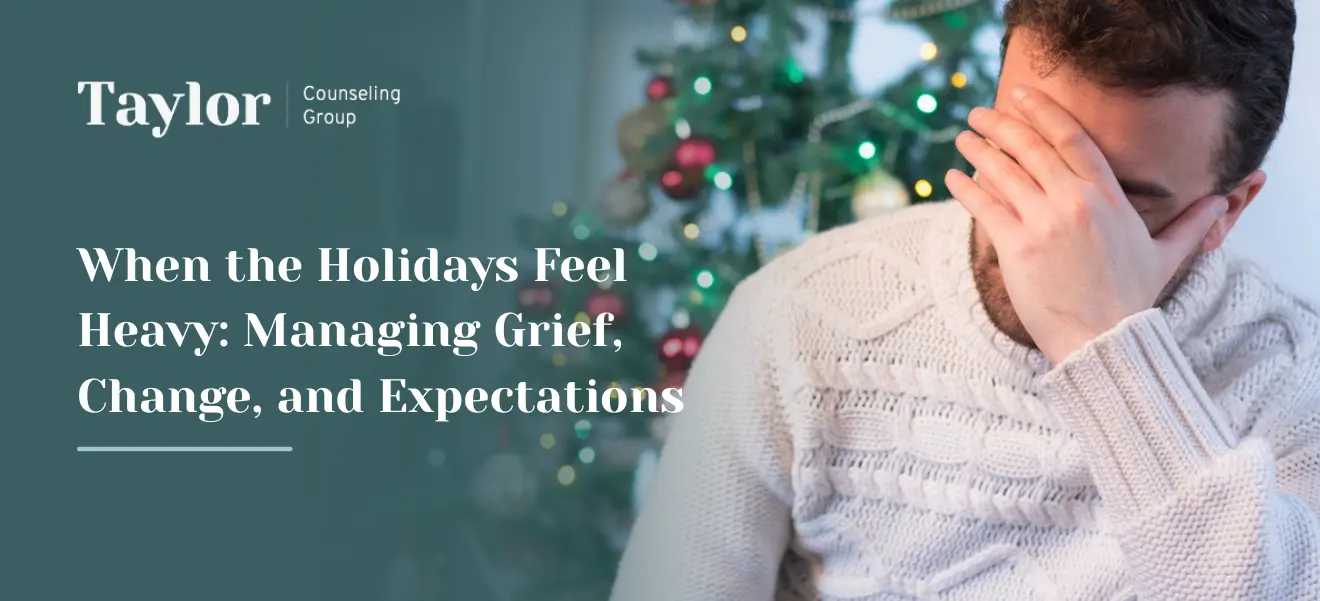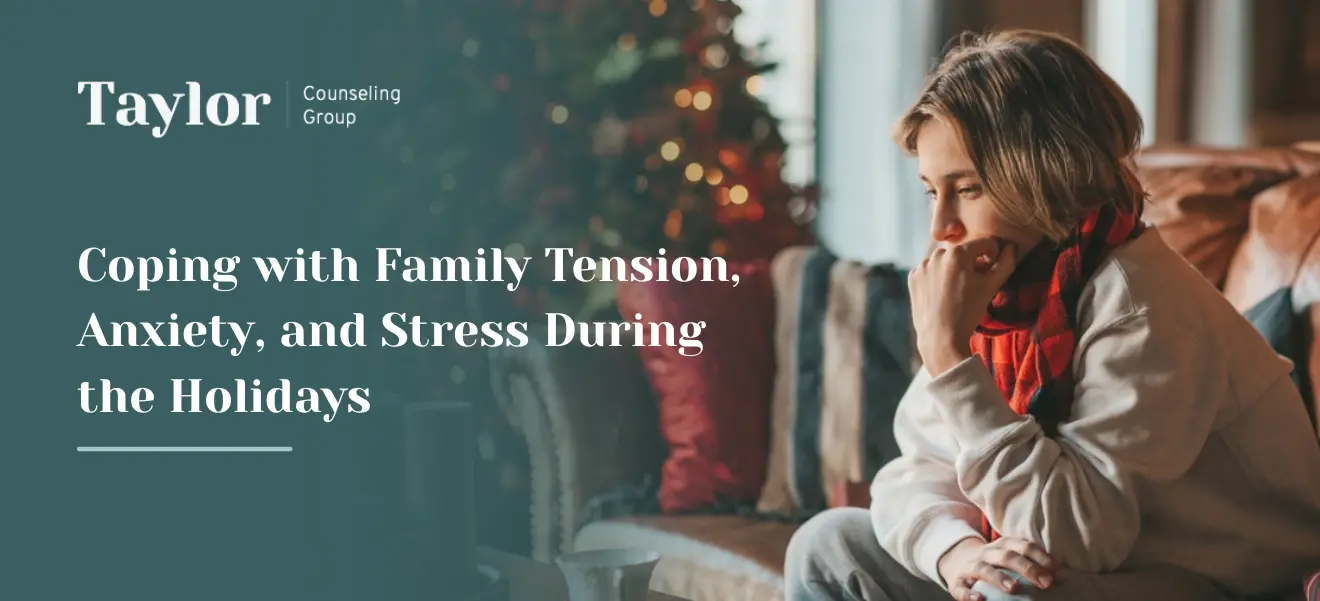While bullying has always been around, it has gotten worse over the years — especially with widespread internet and social media usage that allows bullies to target their victims anywhere and at any time. Unfortunately, one out of four kids experiences bullying today.
To help bring awareness and encourage parents, schools and communities to work together to stop this issue, the entire month of October is set aside as National Bullying Prevention Month. While this distinction is a good start, there are many proactive steps you can take to better understand and prevent bullying.
What Is Bullying?
In order to effectively prevent bullying, it’s important to first understand what it is. For certain actions or words to be considered bullying, they need to:
- Be intentional and repeated.
- Involve an imbalance of either physical or social power.
In general, bullying is most common among school-age children. No one is immune to bullying. It can affect any child and revolve around their appearance, interests, race, sex or sexual identification.
What Are the Different Types of Bullying?
Bullying can be categorized as:
- Physical: Physical bullying involves actions such as hurting, hitting or stealing from another person.
- Social: Social bullying involves excluding others from social events as well as gossiping or spreading false rumors about others.
- Verbal: Verbal bullying involves any kind of hateful or abusive language ranging from name-calling to threats.
- Cyber: Cyberbullying, unlike the other types of bullying, can be harder to see. Just like the other types, though, it can involve hateful language, spreading false information or sharing private messages or photos.
Effects of Bullying
Physical bullying can lead to pain and bodily harm, but the effects of social, verbal and cyberbullying can be just as severe. Children subjected to bullying can begin to experience social and emotional distress as well as psychological issues. If they don’t know how to deal with the bullying, it could lead to low self-esteem, depression and even suicide.
Because of these potential side effects, it’s important to take all forms of bullying seriously.
What Adults Can Do to Prevent Bullying
Adults have a major role in helping to prevent bullying. Bullying prevention and intervention need to take place within the following areas:
Schools
Bullying frequently takes place in schools, specifically in places like the bathroom, hallway or bus. Because of this, all school staff needs to be trained on how to recognize bullying and how to respond to it. The school needs to enforce policies and practices that discourage bullying and encourage a more positive school atmosphere.
Homes
Parents can take steps to help prevent bullying and to intervene when it happens. After all, there is only so much a school can do to prevent and help a child when they are being bullied. Parents need to be involved and aware — children can be cyberbullied, for example, even from their homes. Parents need to:
- Recognize the signs of bullying.
- Understand which children tend to be targeted (for example, LGBTQ individuals).
- Be an advocate and take action to stop the bullying.
Receive Affordable, Reliable Care at Taylor Counseling Group
Here at Taylor Counseling Group, we believe everyone deserves to feel safe and confident. If your child is struggling with the effects of bullying at home or school, we can help. We create custom treatment plans to help our clients — who can be as young as age five — overcome challenges and meet their goals. Schedule an appointment through our online portal today.






